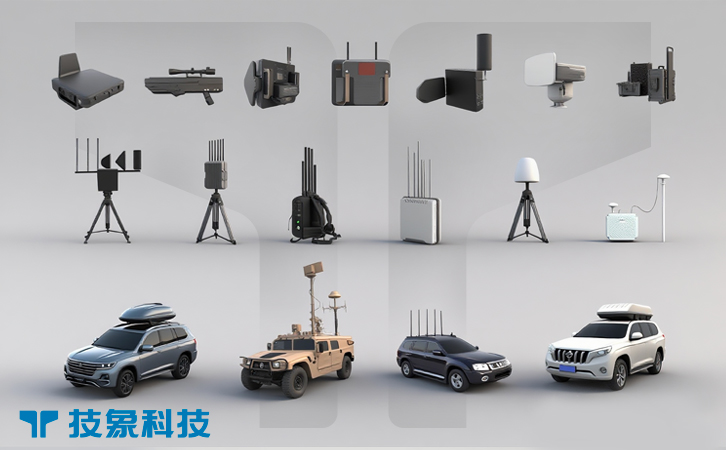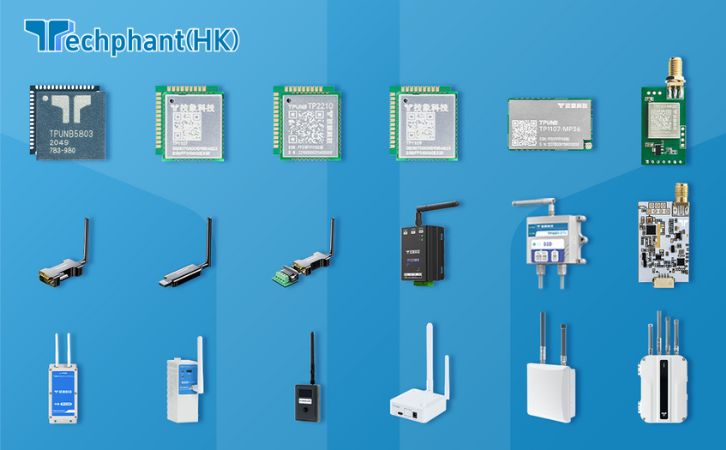The rise of unmanned aerial vehicles (UAVs) has introduced complex security challenges, necessitating robust anti-UAV defense systems to protect critical assets, public spaces, and military operations. Effective deployment of these systems requires meticulous operational strategies that encompass site assessment, system selection, integration with existing security frameworks, and continuous adaptation to evolving threats. These strategies ensure that anti-UAV systems are not only technically proficient but also operationally optimized for diverse environments, from urban centers to remote military bases. This article explores the key operational strategies for deploying anti-UAV defense systems, detailing the processes and considerations that maximize their effectiveness in countering drone threats.
I. Site Assessment and Threat Analysis
The foundation of any anti-UAV defense deployment lies in a comprehensive site assessment and threat analysis. This process involves evaluating the physical and operational characteristics of the area to be protected, such as its size, terrain, and environmental conditions. For example, an airport requires long-range detection capabilities to cover vast airspace, while a prison may need short-range, high-precision systems to prevent contraband smuggling. Urban environments pose unique challenges, with buildings and electronic interference complicating radar and radiofrequency (RF) detection, whereas rural settings may demand low-power, long-range solutions like LoRaWAN-based sensors.
Threat analysis is equally critical, identifying potential drone-related risks specific to the site. This includes assessing the likelihood of espionage, sabotage, or weaponized drone attacks. For instance, military bases may prioritize countering reconnaissance drones equipped with cameras, while public events face risks from drones carrying hazardous materials. Historical data, such as the 2018 Gatwick Airport drone incident, which disrupted flights for days, informs threat profiles. The analysis also considers the types of drones likely to be encountered—consumer-grade quadcopters, autonomous UAVs, or swarm configurations—and their operational capabilities, such as speed, altitude, or payload. By combining site-specific data with threat intelligence, operators can tailor anti-UAV systems to address prioritized risks, ensuring efficient resource allocation and effective coverage.
II. System Selection and Customization
Selecting the appropriate anti-UAV system is a critical operational strategy that hinges on matching technology to the site’s needs and threat profile. Systems vary widely, from radar-based solutions like the AN/TPQ-53 for long-range detection to portable jammers like the DroneDefender for rapid, short-range neutralization. Key considerations include detection range, countermeasure type (kinetic or non-kinetic), and scalability. For example, a nuclear facility may require a multi-layered system integrating radar, RF sensors, and high-powered lasers, while a temporary event like a concert might rely on handheld net-launchers for quick deployment.
Customization ensures the system aligns with operational requirements. This involves configuring sensor parameters, such as radar sensitivity to detect small drones, or tuning RF jammers to target specific frequencies without disrupting nearby communications. Environmental factors, like weather or electromagnetic interference, also influence system choice. For instance, EO/IR cameras are vital in foggy conditions where radar performance may degrade. Budget constraints and regulatory compliance further guide selection; some regions restrict jamming due to its impact on public networks, necessitating alternatives like net-based capture. Collaboration with vendors to customize command-and-control (C2) interfaces ensures user-friendly operation, enabling security teams to monitor and respond effectively. This tailored approach maximizes system performance while minimizing operational disruptions.
III. Integration with Existing Security Frameworks
Effective anti-UAV deployment requires seamless integration with existing security infrastructure to create a cohesive defense ecosystem. This involves interfacing anti-UAV systems with surveillance networks, air traffic control, or broader air defense platforms, such as the U.S. Army’s FAAD C2 system. Integration ensures that drone detection data is shared in real time, enhancing situational awareness. For example, at an airport, anti-UAV radar feeds can be linked to air traffic control systems to alert controllers of rogue drones, preventing collisions with manned aircraft. Similarly, military bases integrate anti-UAV systems with missile defense networks to counter multi-domain threats.
Interoperability is a key challenge, as legacy security systems may use proprietary protocols incompatible with modern anti-UAV technologies. Standardized data formats, such as those based on XML or JSON, facilitate integration, while cloud-based platforms enable real-time data sharing across multiple sites. Cybersecurity is critical, as integrated systems are vulnerable to hacking or spoofing, which could disable defenses. For instance, a compromised RF sensor could allow a drone to evade detection. Training security personnel to operate integrated systems is also essential, ensuring rapid response to alerts. By embedding anti-UAV systems within broader security frameworks, operators can leverage existing resources, reduce redundancies, and create a unified defense against aerial threats.
IV. Continuous Monitoring and Adaptation
Anti-UAV defense deployment is not a one-time effort but an ongoing process requiring continuous monitoring and adaptation to address evolving threats. Real-time monitoring involves analyzing system performance metrics, such as detection accuracy, false positive rates, and countermeasure success. For instance, AI-driven analytics can identify patterns in drone incursions, enabling operators to adjust sensor thresholds or countermeasure strategies. Regular maintenance of hardware, like calibrating radar antennas or updating jammer firmware, ensures reliability. Environmental changes, such as seasonal weather shifts, may necessitate recalibrating sensors to maintain effectiveness.
Adaptation is critical as drone technology advances. Autonomous drones, which operate without RF signals, and drone swarms challenge traditional defenses, requiring upgrades like high-powered microwave (HPM) systems to disrupt multiple UAVs simultaneously. Threat intelligence, drawn from global incidents or industry reports, informs system updates. For example, the 2019 drone attack on Saudi oil facilities highlighted the need for swarm countermeasures, prompting developers to prioritize wide-area disruption technologies. Training programs must evolve to equip operators with skills to handle new systems, while regulatory changes, such as updated airspace restrictions, may require system reconfiguration. Continuous adaptation ensures anti-UAV defenses remain effective against emerging threats, maintaining long-term security.
Conclusion
Operational strategies for anti-UAV defense deployment are essential for countering the growing threat of unauthorized drones. Through thorough site assessment and threat analysis, tailored system selection, integration with existing security frameworks, and continuous monitoring, these strategies ensure robust and adaptive defenses. As drone technologies evolve, incorporating AI, advanced connectivity, and scalable countermeasures will be critical to staying ahead of threats. By implementing these strategies, organizations can protect critical assets, public safety, and privacy, creating a secure airspace that balances technological prowess with operational efficiency.



